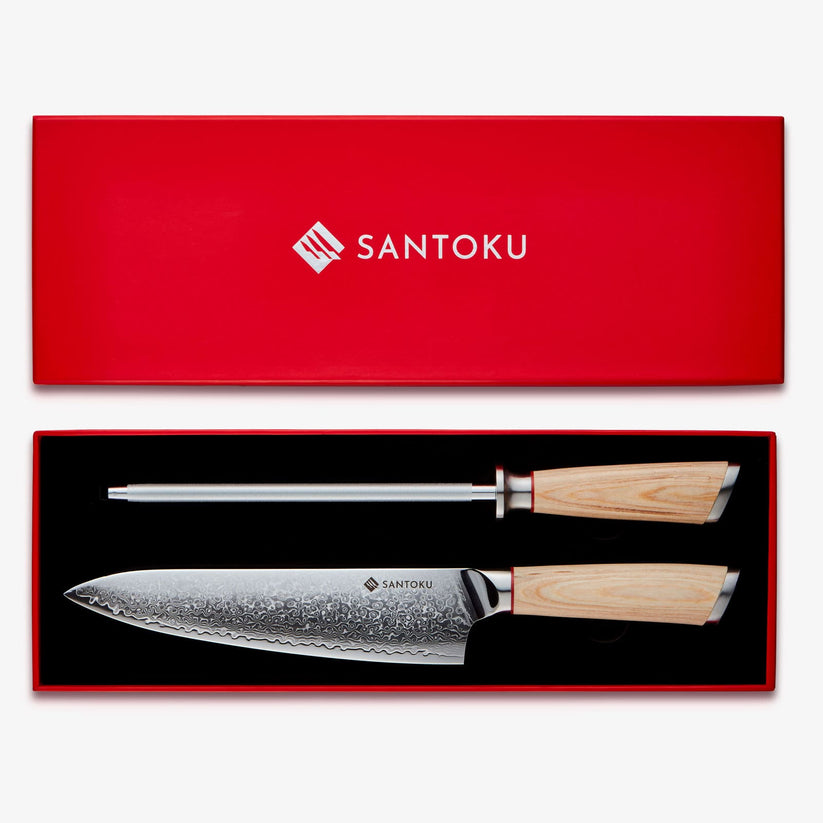
10 Tips for Making Dandelion Greens
-
Blanching first reduces bitterness—don’t skip this step.
-
Use young dandelion leaves for milder flavour.
-
Wash greens thoroughly—they can be gritty.
-
Trim off any overly thick or woody stems.
-
Use high-quality olive oil for the best flavour.
-
Add lemon juice at the end to brighten the dish.
-
Red pepper flakes add a subtle heat—adjust to taste.
-
Cook in batches if your skillet is small to avoid steaming.
-
Add a splash of broth or white wine for more depth.
-
Finish with toasted nuts or seeds for texture.
Serve it with Suggestions
-
Grilled salmon or white fish
-
A hearty grain bowl with farro or quinoa
-
Over creamy polenta or mashed potatoes
-
With poached or soft-boiled eggs
-
Alongside roasted root vegetables or lentil stew
FAQ's
Q: Do I have to blanch dandelion greens before sautéing?
A: Blanching helps reduce bitterness and makes them more tender, so it’s highly recommended.
Q: Where can I find dandelion greens?
A: They’re available at many farmers markets and health food stores, or you can forage them (safely and pesticide-free).
Q: Can I substitute other greens?
A: Yes, mustard greens, turnip greens, or kale work well in this recipe too.
Q: Are dandelion greens safe to eat raw?
A: Yes, younger greens can be eaten raw in salads, though they’re more bitter.
Q: Can I make this in advance?
A: It’s best fresh, but leftovers keep well refrigerated for 2 days and can be reheated.







